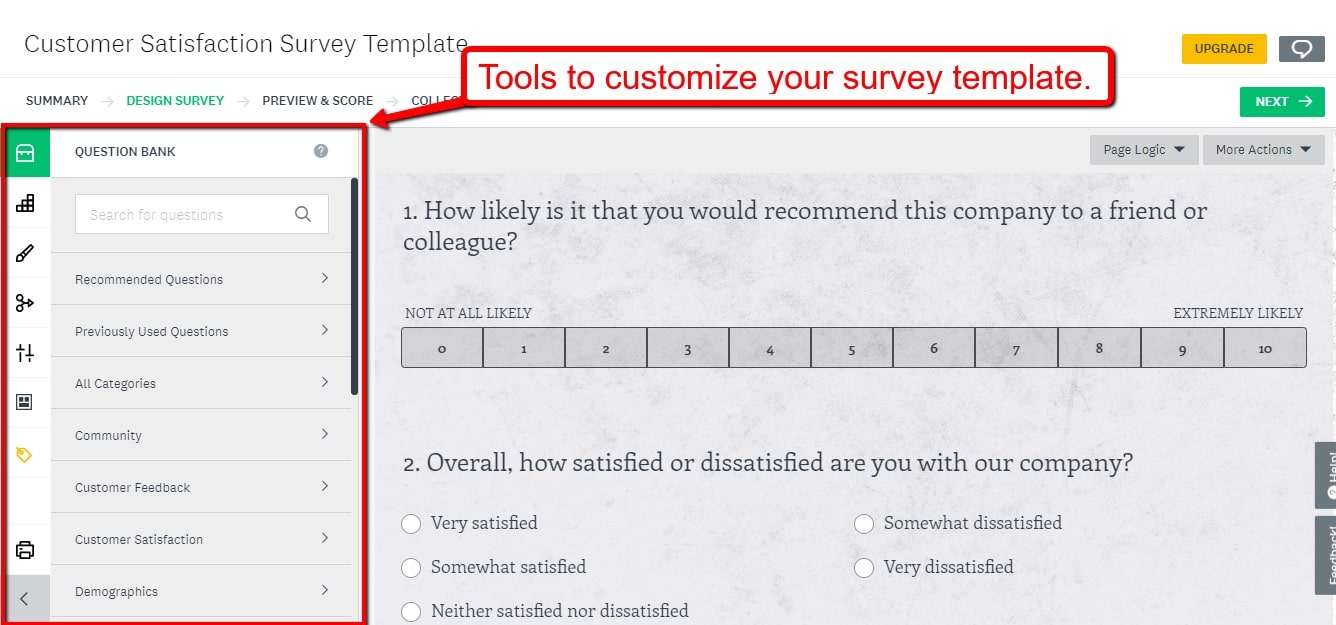There are mounds of benefits to be had from running a premium membership subscription website.
You can generate income, establish your brand as an authority, build strategic relationships with like-minded people and more. It’s no wonder people all over the internet are considering launching their own membership website-based businesses.
However, it’s worth pointing out that the whole endeavor isn’t all sunshine and rainbows. A lot of people have tried setting up membership website businesses and have failed miserably.
After all, just like in most things in life, in order to succeed at having a membership website business, you need to do it the right way. And if you’re wondering what the “right way” is, then you’re in the right place.
In this guide, we’re going to look at the anatomy of a successful membership website business. Let’s drill down into five critical components.
1. Publish actionable, in-demand content
The content you publish on your membership website needs to stand out from what your competitors are offering.
It needs to add real value — otherwise, your content will only be drowned out by the millions of other pieces of content that are published online daily. No need to be extreme, though. You just need to tackle topics that strongly resonate with your audience. Something that addresses their pain points.
You should ideally also include your original take on a specific subject, add some tips you’ve tried and tested, and present it all in a high-quality manner, with a voice that is distinctly yours.
Of course, it should still address the pain points of your target customers, so when you’re deciding what topics your resources should cover, make sure that you go for topics that are in demand. To help you do that, you can use tools like Google Trends to get insights on popular content topics.
Type in your relevant topic or keywords in the search bar, and the tool will show you the audience interest, and even add another keyword for comparison.

By using tools like this, you’ll know the kinds of topics that audiences are interested in and cover those ideas in your content. Doing so will help you develop unique and actionable content that will resonate with your potential customers, establish your credibility in your niche, and gain a significant amount of followers.
2. Cultivate lively community forums
Access to gated content is only one of several reasons why someone might want to join your membership site. Adding a discussion board where your subscribers can ask questions, give feedback, and share their comments with other community members is also important. It provides a place for your audience to connect with other people who can help explain what they don’t understand, compare notes, and more.
A big part of the lure of private memberships is the idea that people are investing in affiliating themselves with a tribe, and vibrant discussion threads are perfect for providing that sense of value. With Learning Management System (LMS) platforms like Kajabi, in addition to selling courses, memberships and other digital products, you can create a community forum for your membership website.
Just go to the All Products tab, click on New Products, and find the Community option. On the Edit Details page, you can modify your title, add a description for your community, upload an image, and more. When you click on Add Topic, you can pose questions related to your products — like your online courses — or use it as a discussion board for your members.

You can also use Kajabi’s community feature to add value to your current offers.
For example, let’s say you are offering a course for $30. You can then create a new offer such as Digital Marketing 101 Mini-Course plus Community at $50 or at a higher price. Part of the attractiveness of this offer might be that you, the membership site’s figurehead, will hold regular “office hours” and make yourself available certain times of the week to participate in discussions.

By including a community feature on your membership website, you can interact and engage with your customers, which can help you in establishing your brand identity, upselling, and getting more subscribers.
3. Adopt strategies to match user needs
Someone might join your membership site so they can discuss their ideas with like-minded tribespeople, or to access certain valuable content resources that were enticing when they were at a certain point in their personal or professional development. But the membership subscription business model is only as viable as you’re able to deliver sustained value over time.
Why should someone remain a member month after month, instead of churning? This is a question to which you’ll need to find a steady flow of new answers. The needs of your members will vary, and they change over time. To help your membership website succeed, you’ll need to use the right strategies to keep up with your users’ ever-changing needs.
This is why you need to take member engagement and involvement seriously, and use strategies such as adding features to your membership site that will benefit your customers. For example, to reduce bloating, you can make your online courses simpler, delete unused forums, and use live webinars to give members real-time answers to their questions.
You can also ask for feedback from your members by running surveys to get input on the kind of content and features that they want that would improve your website’s usability and functionality. With the help of online tools like SurveyMonkey, you can easily create your surveys using the customizable template.

Using the SurveyMonkey template tools, you can set your survey format, edit questions and form fields, choose themes, and more. You will also get a preview of your custom survey, select how you want to collect the responses, get an analysis of the results, and view the results on a dashboard.
Once you’ve collected the survey results, you can then gradually apply these changes to your membership website.
You can also do a split test to see how your members respond to different variants of their recommended changes and apply the modifications that had more positive responses.
Also worth noting: If you followed our advice on the previous point about using Kajabi, know that the platform also has a “Survey” feature, which integrates with their contact management feature. That means, if you use Kajabi, then you won’t have to use SurveyMonkey to do your surveys — you can use Kajabi for that.
4. Free content
You’re probably wondering why I’m telling you to offer free content to your potential customers when you’re trying to make money out of your membership site business.
The answer is simple: You need to drive high-quality traffic to your website. And to do that, you first need to give your target customers value through your free content.
This means that you need to keep your public blog posts updated and loaded with relevant information. It’s a great way to help you build trust with your prospective customers and make it easy for people to discover your website on search engines. Also, remember that gated posts are almost impossible to get indexed by search engine crawlers, so if a paywall hides most of your content, you’ll be missing out on raising your rankings in SERPs.
You can also offer free content to grow your email list. For instance, you can offer a free online course, in exchange, your audience needs to enter their email addresses.

You can also offer free memberships such as trial periods for new members. This gives your potential customers a chance to explore your products or services, and give them a taste of the value you have to offer them.
5. Optimized web performance
Web performance is a crucial aspect that you need to consider whether you are setting up a small business or a membership website business. After all, an optimized website performance – such as fast site load speed – improves the user experience.
You’ll need to ensure that your membership website has optimum speed performance, has the necessary plugins and configurations, plus, has the core updates installed so that your site runs smoothly. To help you check if your website load speed is running as expected, you can use tools like Google’s PageSpeed Insights.
Using cnn.com as an example, this is what the tool came up with.

If you scroll a bit more, you’ll see that the tool will give you recommendations on how to improve your website’s load speed and other best practices to boost site performance.

When your site performs better, you give your audience a better user experience — which, in turn, can lead to more customers and increased sales.
Final thoughts
Running a membership website business isn’t easy, but learning the fundamental elements and strategies that make up its structure can help you establish a successful business.
By using the right tools, approach, and adopting the key points discussed in this post, you’ll be on your way to build a thriving membership website business.
Download our FREE guide >>>7 SMART STRATEGIES TO GROW YOUR BLOG TRAFFIC FASTER!<<<
Please click below to subscribe and to follow us on social media:
Click here to follow us via E-mail!
Click here to follow us on Facebook!
Click here to follow us on YouTube!
Click here to follow us on Instagram!
Click here to follow us on Twitter!
Click here to join our Facebook group!


 15 Best Inspirational Movies That Teach to Never Give Up
15 Best Inspirational Movies That Teach to Never Give Up
 50+ Best Self-Help Books That Will Change Your Life Forever
50+ Best Self-Help Books That Will Change Your Life Forever
 Short Motivational Stories of Failure and Success That You Must Know
Short Motivational Stories of Failure and Success That You Must Know
 10 Examples Where the Power of Positive Thinking Kicks Ass!
10 Examples Where the Power of Positive Thinking Kicks Ass!
 What to Do When Someone Is Better Than You? – Dealing with Jealousy
What to Do When Someone Is Better Than You? – Dealing with Jealousy

Leave a Reply